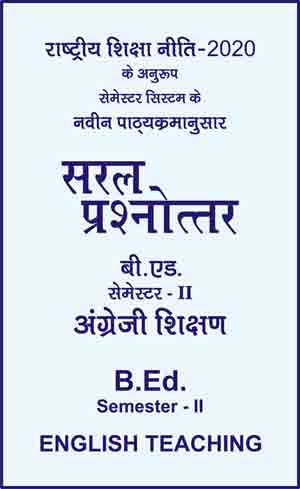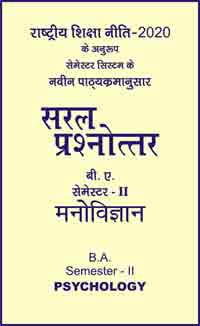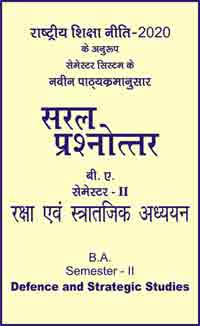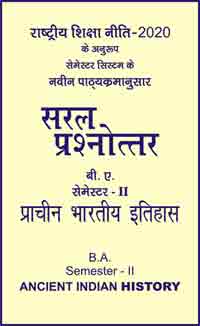|
बी एड - एम एड >> बीएड सेमेस्टर-2 अंग्रेजी शिक्षण बीएड सेमेस्टर-2 अंग्रेजी शिक्षणसरल प्रश्नोत्तर समूह
|
5 पाठक हैं |
||||||
बीएड सेमेस्टर-2 अंग्रेजी शिक्षण - सरल प्रश्नोत्तर
Question- Describe the Herbartian approach. What are the various steps involved in it?
Ans.
John Frederic Herbart was a great European educationist and philosopher of 19th century. He advocated that teaching should be planned actively if we intend to make it sufficient. He applied the knowledge of psychology regarding the learning process.
Herbartian approach is based on Apperceptive Mass Theory of Learning. The main thing in that theory is that the learner is like a clean slate and all the knowledge is given to him from outside. If new knowledge is imparted by linking with old knowledge of the students, it is acquired easily and is retained for a longer period. The contents should be presented into units and those units should be arranged in a logical sequence.
Based upon educational psychology, Herbart's educational ideology advocated the following four elements for a successful teaching :
-
Interest : The teaching process should be interesting when the interest of the pupils is created in some subject, their attention is attracted towards it. They acquire the new knowledge very easily.
-
Apperception : The entire knowledge is provided to the pupils from outside. Apperception of this external knowledge occurs in the unconscious mind of the pupils. By relating new knowledge to the previous knowledge of the pupils their learning is simplified. Hence, in order to make the learning process effective, the teacher should move from known to unknown.
-
General Method : Learning activity occurs in a definite sequence. Hence, the activities of the unit should be edited in a definite sequence and in a logical order.
-
Correlation : Knowledge is one unit. All the subjects should be studied after correlating each other in the form of one unit. All the subject of the curriculum should be taught by correlating them with history.
The five steps of Herbartian approach are :
(a) Introduction / Motivation : ● This steps is concerned with the task of preparing the students for receiving new knowledge.
● The assumption about the previous knowledge of the students in relevance to the lesson.
● The testing of the previous knowledge.
● Utilizing the previous knowledge for introducing the lesson.
● Motivating the students for studying the present lesson.
(b) Presentation :
● The aims of the lesson should be stated clearly and the heading should be written on the blackboard.
● We have to provide situation for both the teacher and the students to participate in the process teaching and learning.
● The ultimate aim of the presentation is to make the concepts understandable to the students.
(c) Comparison of Association : ● To compare the facts observed by the students with another concept by way of giving examples. By making use of this comparison, the students can derive definitions or theories.
● The students are encouraged to give new suitable examples for the concept instead of the examples given in the book to make them think in an innovative manner.
(d) Generalisation :
● This step is concerned with arriving at some general ideas or drawing out necessary conclusions by the students on the basis of the different comparisons, contracts and associated observed in the learning material present by the teacher.
(e) Application :
● The teacher makes the students to use the understood knowledge in an unfamiliar situation.
● Unless the knowledge of science is applied in new situations in our day-to-day life, the study of science will become meaningless.
(f) Recapitulation :
● This stage is meant for the teachers to know whether students have grasped by reviewing a lesson or by giving assignments to the students.
|
|||||













